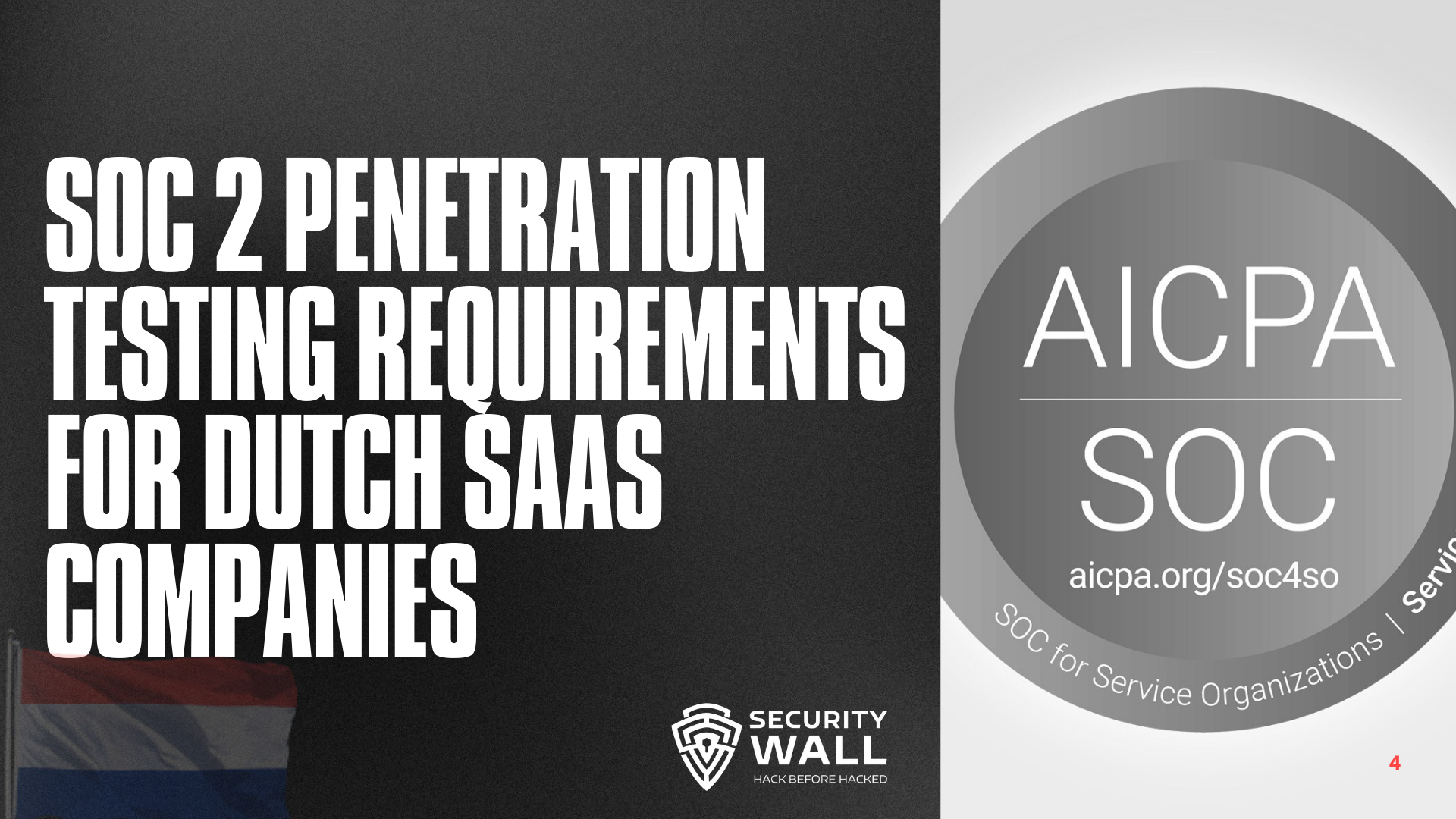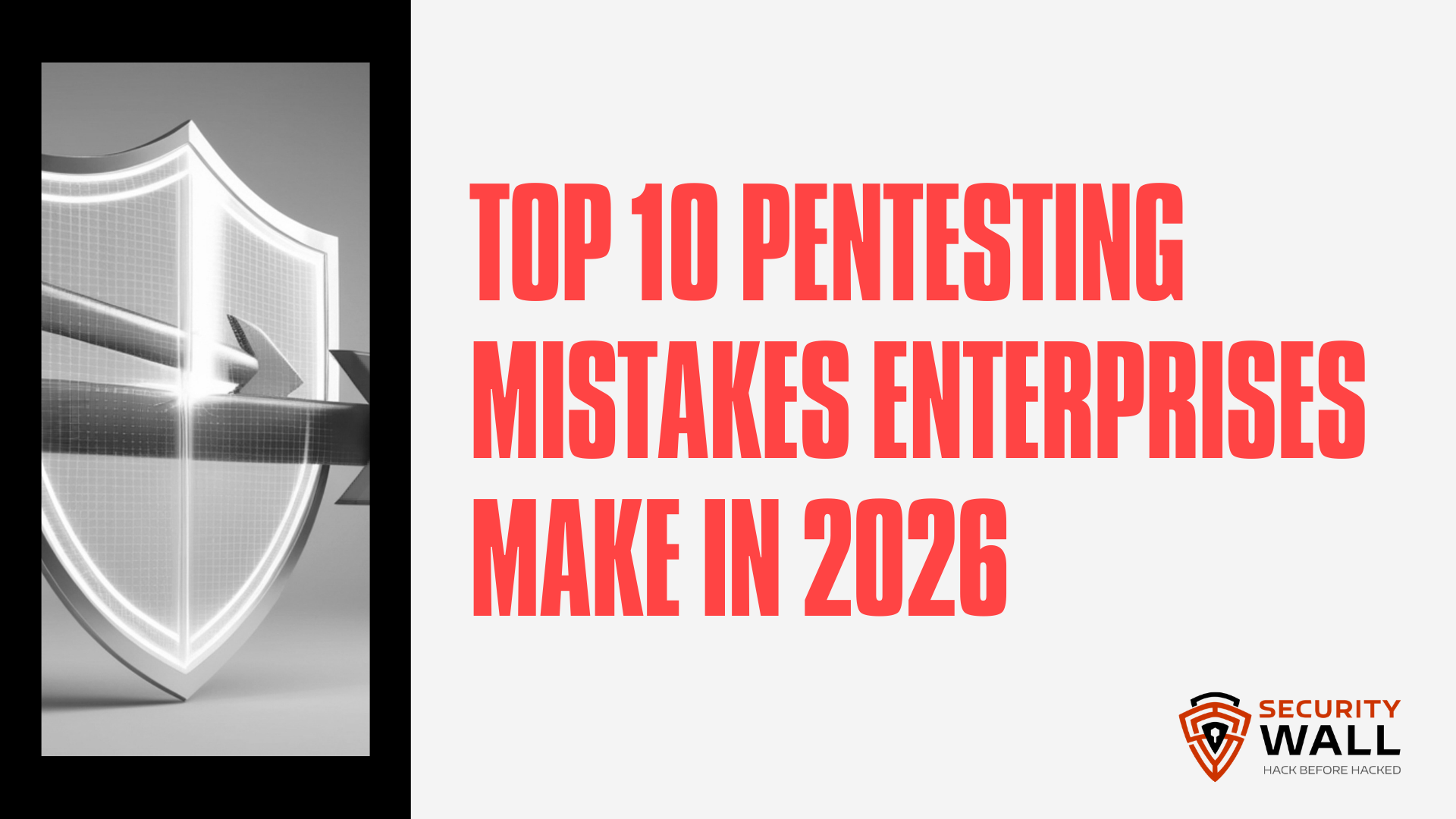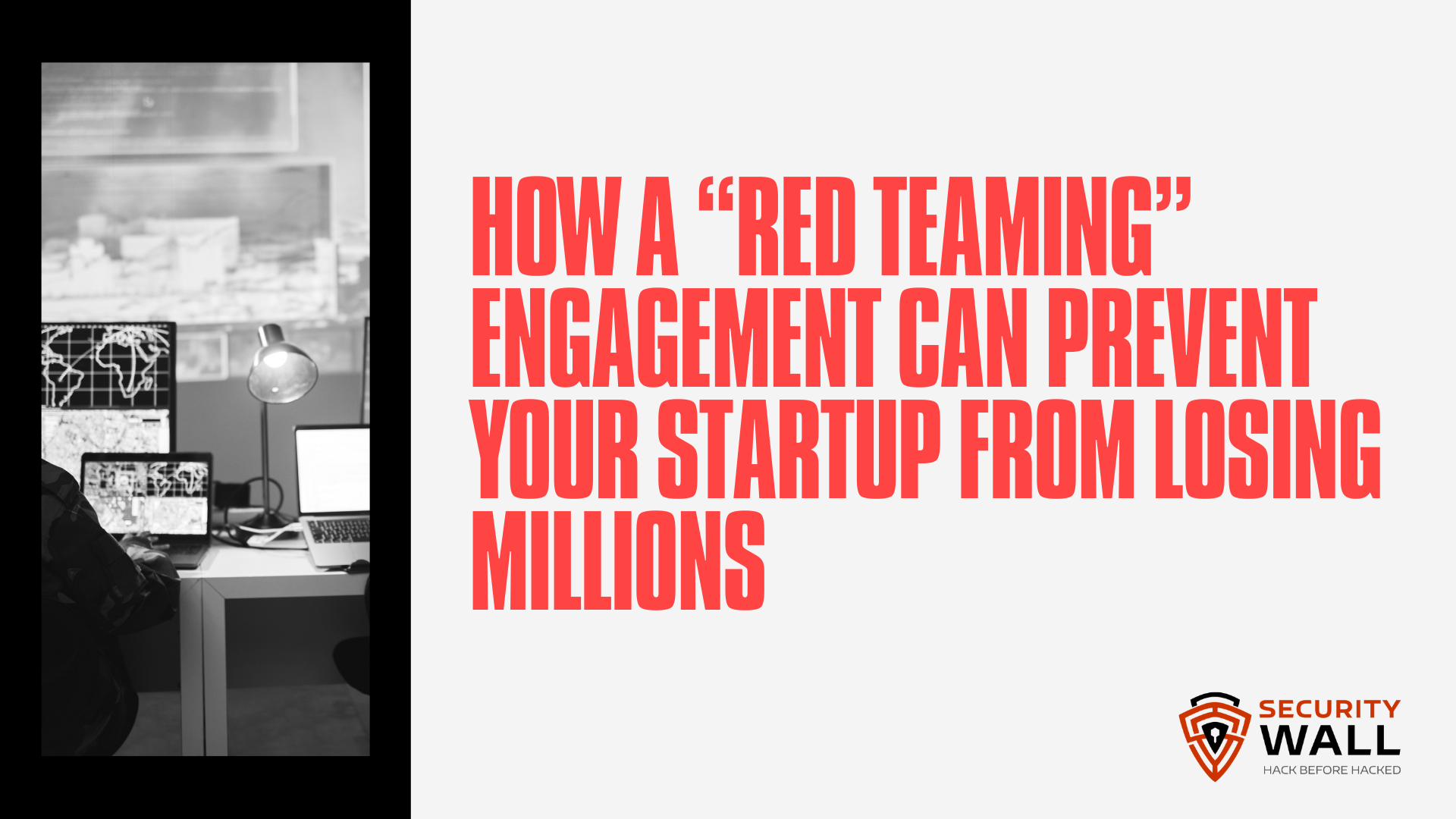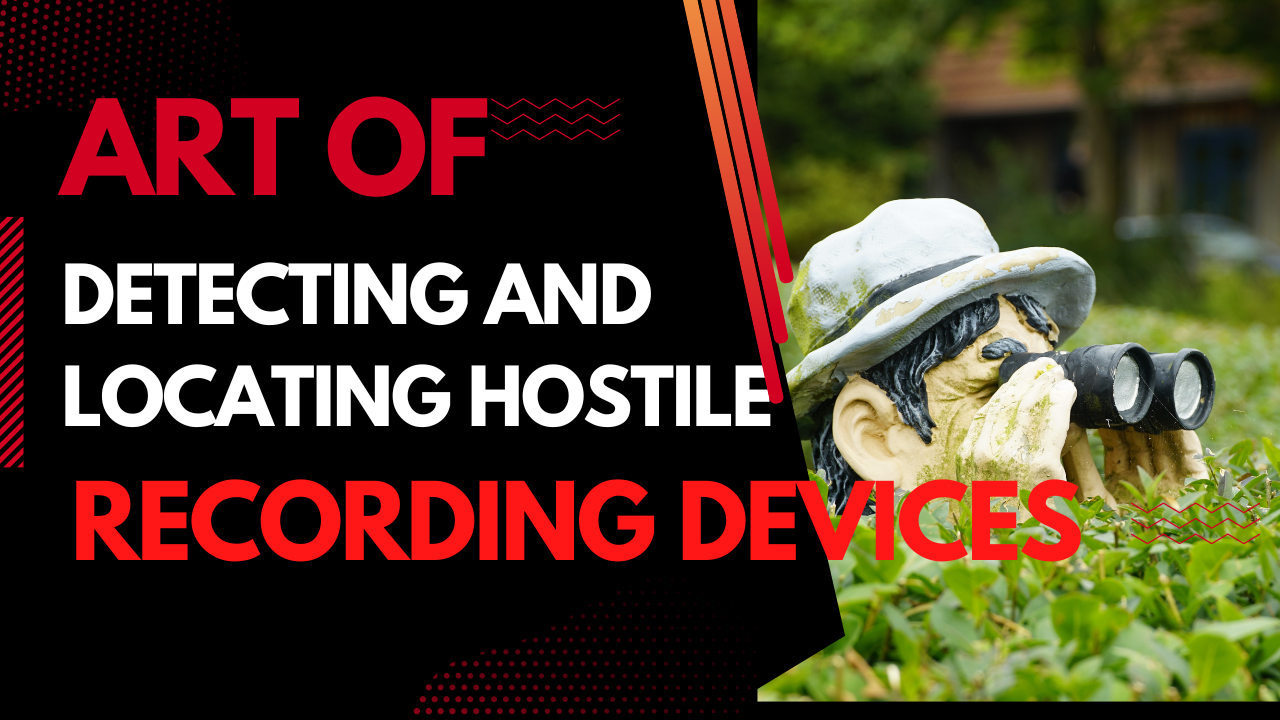Cybersecurity Insights & Expertise
Stay ahead of evolving threats with expert analysis, industry trends, and practical cybersecurity guidance from our team of security professionals.
Featured Article
 Featured
FeaturedSOC 2 Penetration Testing Requirements for Dutch SaaS Companies
A familiar situation is playing out across the Dutch SaaS ecosystem. A growing company closes a major enterprise deal in the US, starts conversations with international investors, or enters a procurement cycle with a regulated customer. Then the question comes up: “Can you share your SOC 2 Type II report?” At that moment, many leadership teams realise something uncomfortable. They have security controls, cloud hardening, access management, maybe even regular vulnerability scans. But they are no
Babar Khan
Dec 29, 2025
Latest Articles

Top 10 Pentesting Mistakes Enterprises Make in 2026
Penetration testing remains a cornerstone of enterprise cybersecurity strategy but many organisations still make avoidable mistakes that waste budget and leave critical gaps open to attackers. Despite sophisticated security stacks, 51% of enterprises reported a breach in the last 24 months, many involving vulnerabilities pentesting failed to identify or address. (Help Net Security) This article breaks down the top 10 mistakes we see today, explains the financial and operational risks, and guide
Babar Khan
Dec 22, 2025

How a Red Team Engagement Can Prevent Your Startup from Losing Millions
In the fast-paced world of startups, every decision can make or break growth. While founders often concentrate on product development, fundraising, and scaling operations, one critical area is frequently overlooked: cybersecurity. A red team engagement is a simulated, real-world attack designed to identify vulnerabilities across your systems, processes, and people before malicious actors can exploit them. The stakes are enormous. Cybercrime is projected to cost the world over $10 trillion by 20
Babar Khan
Dec 21, 2025

Enhance Your Cybersecurity with SecurityWall: PTA Approved Cybersecurity Audit Firm
In an increasingly digital world, safeguarding sensitive information and protecting against cyber threats have become critical for businesses and organizations. To ensure comprehensive cybersecurity, it is vital to partner with an approved and well-certified firm. SecurityWall – is an esteemed name in the cybersecurity industry and one of the approved security audit firms by the Pakistan Telecom Authority (PTA). Recognizing this, the Pakistan Telecom Authority (PTA) took a proactive step by iss
Hisham Mir
Dec 3, 2025

Art of Detecting and Locating Hostile Recording Devices
Whether you work in corporate government or private security it’s vital to stay one step ahead and identify hidden recording devices before they can compromise you. Detecting, locating, and identifying surreptitious surveillance devices has become more complex. Before the proliferation of active transmitters for information gathering purposes, the passive listening device was predominant. Such devices are not easily detected by conventional means due to their small size and low power consumptio
Hisham Mir
Dec 3, 2025

Zoom - Tail of High Severity Vulnerabilities
Since we all are stucked at home due to Coronavirus, So to maintain our work and communicate with team, workers, and employees we all are using video conferencing. Zoom got more popularity in these quarantine days for remote video conferencing and seems to be offering a lot. We can guess its popularity that even Boris Johnson uses Zoom for cabinet meetings. Things went crazy when their meeting id got public 539-544-323 After that shone a spotlight on the company’s security protections and pri
Hisham Mir
Dec 3, 2025

Cyber Security Prediction for 2019 - Threat Intelligence
Cybersecurity Threat Predictions for 2019: Article include brief about prediction from different firms. Including Fortinet,McAfee,and FlashPoint. Cyber Security can't be ignored anywhere but 2019 predicts too much, Yes! expect credit card, data, theft to continue to rise. Yes, this isn’t a major surprise; however, if organizations can better address the reasons for the rise, they will be better for the journey in 2019. Cyber criminals are expected to become more sophisticated and collaborativ
Hisham Mir
Dec 2, 2018

Security Researcher saved Careem from a Data Breach
Careem App is a car booking platform based in UAE which offers travelling services by which people can book a car on their doorstep in a couple of minutes. Careem App is known for its pick and drop service with the most comfortable and safe environment all over UAE, PAKISTAN, AFRICA and more countries. But, what if this multinational organization gets comprise by hackers and their billion dollars worthcustomer’s data gets leak. They’d have nothing to do except regretting. SecurityWall team tend
Hisham Mir
Jun 16, 2017